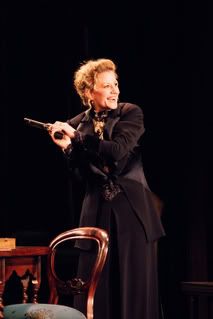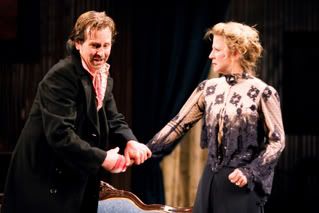
Stephen Barker Turner is the title character in the Amy Glazer-directed feature Seducing Charlie Barker, based on Theresa Rebeck’s play The Scene. Below: Theater and film director Amy Glazer. Photo by Lisa Keating
Theater folk know Amy Glazer as one of the busiest directors in Bay Area theater. But she also has a burgeoning career as a film director, which is no surprise given that she grew up on movie sets.
I interviewed Glazer for a feature in the San Francisco Chronicle pegging to the release of her second full-length feature, Seducing Charlie Barker, which is based on Theresa Rebeck’s play The Scene, which Glazer directed at SF Playhouse in 2008. (Read my review of that production here.)
You can read my interview with Glazer here.
As usual, there wasn’t quite enough room in the newspaper for every interesting thing Glazer had to say. Given that she’s becoming a specialist in turning plays she directed on stage into movies, I asked her what the secret of adaptation is.
“First, you have to pick the best of the dialogue, the greatest hits,” she says. “It’s hardly surprising that playwrights are now in demand as TV writers. They write great dialogue and great characters, and film needs that. Then you have to learn to show and not tell. Wherever a play is relying on the grammar of drama, like using dialogue to create exposition, that has to become a scene or somehow it has to inform the visual picture. I discovered ways of including details that can be more powerful than dialogue.”
I also asked her how the movie world feels about plays becoming movies. “People in the know that at the end of the day, a movie has to come from good writing,” Glazer says. “Those people do not have an attitude about turning plays into movies. They understand that you’re not just shooting the play as a movie. You’re deconstructing the world of the play for a film because film is a visual medium and can only sustain so much dialogue. Film condenses time, which is something I didn’t understand on my first movie. I’ve definitely had a learning curve.”
Glazer and her producing partner, Lynn Webb, have formed a production company called Beshert, a Yiddish word meaning destiny or kismet, and they have four projects in pre-production, all based on plays Glazer loves and has directed.
“I’d love to get old doing this. Or stay young doing this,” she says.
Visit the official Seducing Charlie Barker website here.
Watch the Seducing Charlie Barker trailer:
Official Seducing Charlie Barker Trailer from Seducing Charlie Barker on Vimeo.

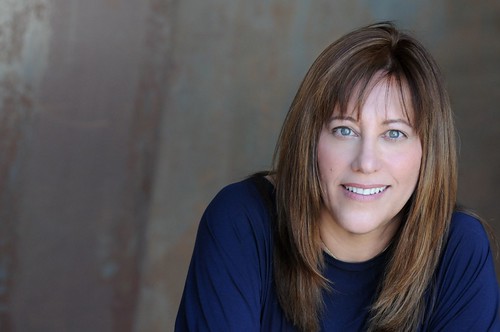
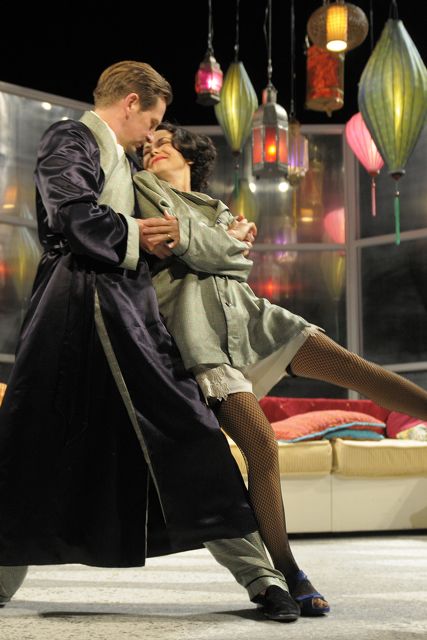

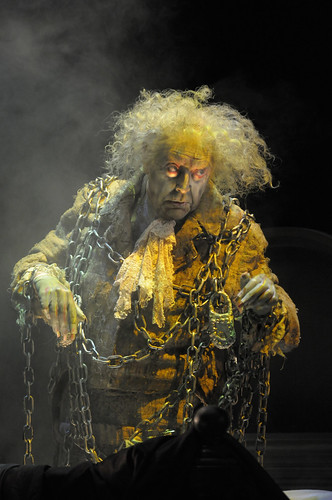 7. Speaking of children, the youngest members of the cast are wonderful. Their enthusiasm is contagious. Noah Pawl Silverman St. John is a notable Boy Scrooge, and Lauren Safier is a whirlwind of affection as his sister, Little Fan.
7. Speaking of children, the youngest members of the cast are wonderful. Their enthusiasm is contagious. Noah Pawl Silverman St. John is a notable Boy Scrooge, and Lauren Safier is a whirlwind of affection as his sister, Little Fan.